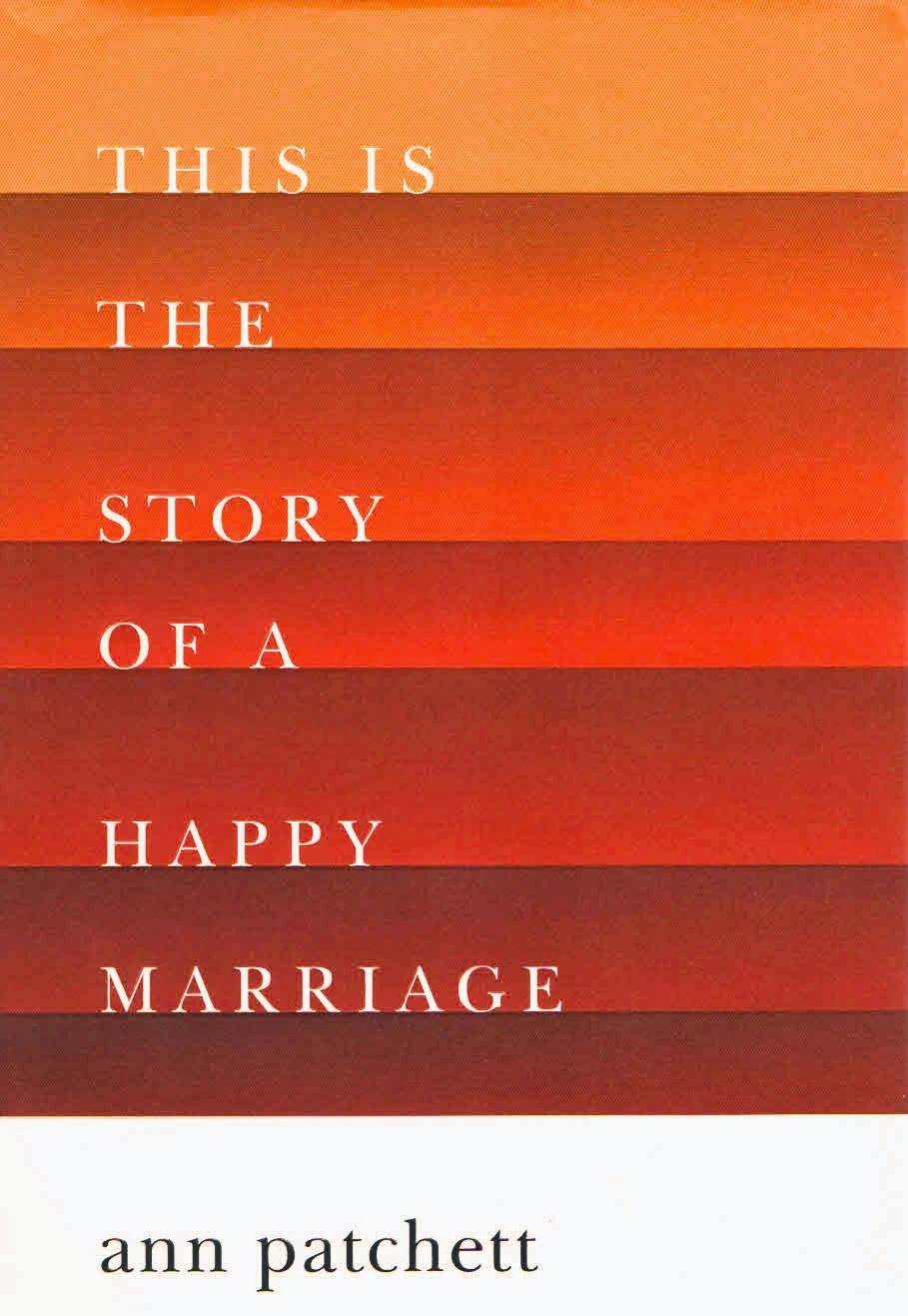Summer Reading--This Is the Story of a Happy Marriage

“The tricky thing about being a writer,” Ann Patchett writes in her memoir This Is the Story of a Happy Marriage (HarperCollins, 2013), “is that in addition to making art you also have to make a living.” She had my attention with that first line in the first essay. Her work here is a compendium of pieces published in a variety of magazines and journals over the years, and includes what I later discovered to be her most famous essay on the writing life: “The Getaway Car: A Practical Memoir about Writing and Life, ” which first appeared in an online publication called Byliner . Patchett began her life in letters at Seventeen magazine where she published several short fictional stories. She asked her editor for a nonfiction assignment, figuring that at most she could publish one or two pieces of fiction in the magazine’s pages each year. However, “A writer of nonfiction, on the other hand, could publish an article every issue, sometimes multiple articles in a single issue.”

.JPG)